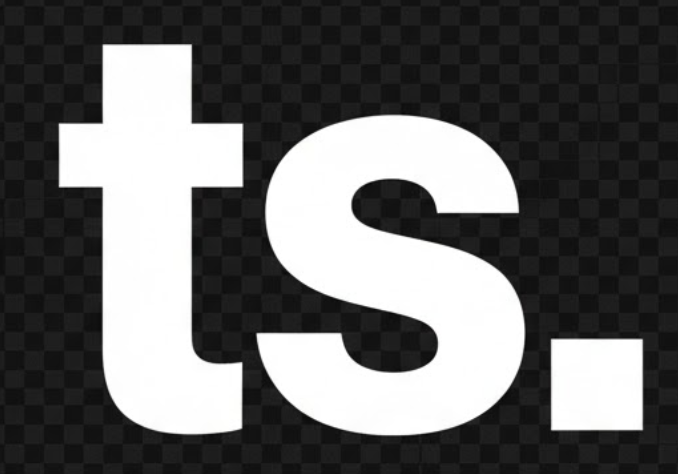Riyadh: Saudi gaming revenue $1.19B in 2024, rising to $1.64B by 2028; Savvy Games’ $38B plan and the Esports World Cup 2025 ($70.45M prize pool, 24 titles) cement global spotlight.
Abu Dhabi: UAE gaming market $1.16B in 2024, projected to double by 2033; 70+ studios under AD Gaming make it MENA’s leading development and production hub.
Once considered a peripheral market, the Middle East and North Africa (MENA) is now one of the world’s most exciting frontiers for gaming and esports. Revenues in the region’s core markets—Saudi Arabia, the UAE, and Egypt—are rising at double-digit rates, mega-investments are reshaping the industry, and global calendars are increasingly orbiting around Riyadh. The future points toward MENA not just as a fast-growing market, but as a hub shaping the global industry’s next decade.
When a teenager in Riyadh logs in to a Valorant match or a young gamer in Cairo fires up a mobile battle royale, they are part of a massive cultural and economic shift sweeping across the region. In 2024, the MENA-3 markets generated $2.1 billion in gaming revenues, and by 2028 that figure is projected to hit $2.9 billion. Globally, gaming generated $187.7 billion last year, but MENA’s growth rate is among the fastest worldwide, making it a region impossible to ignore.
Saudi Arabia sits at the center of this story. The Kingdom has gone from consumer to global market-maker, anchored by its National Gaming & Esports Strategy, which aims to add SAR 50 billion (about $13.3 billion) to GDP and create 39,000 jobs by 2030. This ambition is backed by Savvy Games Group, owned by the Public Investment Fund, with an eye-watering $38 billion committed to gaming investments. Deals such as the $4.9 billion acquisition of Scopely and the $3.5 billion purchase of Niantic’s game division in 2025 show Saudi Arabia’s determination to be more than just a sponsor—it wants ownership in the value chain.
The Kingdom is also positioning itself as the world’s competitive gaming capital. Riyadh now hosts the Esports World Cup (EWC), which in 2025 set a global record with a $70.45 million prize pool spread across 24 titles, including Valorant and Dota 2. The event, stretching over seven weeks, has become the centerpiece of the international esports calendar, drawing teams, creators, and sponsors from every continent. For players, the EWC is now what Wimbledon is to tennis or the Masters to golf—an annual summit that defines legacies.
Across the border, the UAE has opted for a different but complementary strategy. Through initiatives like the DMCC Gaming Centre in Dubai and AD Gaming in Abu Dhabi, the Emirates are attracting global publishers and studios. Today, more than 80 gaming companies operate in Abu Dhabi, including MY.Games and NIP Group, supported by free-zone incentives and infrastructure designed for international scalability. The UAE market itself is worth $1.16 billion in 2024 and is projected to double by 2033, but its real power lies in becoming a regional production base for MENA-made IP.
Egypt, meanwhile, represents the mass market. With a young, mobile-first population, it is already a heavyweight in player numbers. Revenues stood at $819.7 million in 2024 and are expected to climb to $1.54 billion by 2030, driven almost entirely by mobile gaming. For global publishers, Egypt is a cost-efficient user acquisition hub—an entry point into the wider Arab gamer demographic. Local esports scenes are also thriving, with grassroots tournaments in Cairo and Alexandria steadily feeding into larger regional competitions.
The combination is unique: Saudi Arabia supplies capital and global prestige, the UAE nurtures developers and studios, and Egypt provides scale. Together, they create a flywheel that is changing how the world’s biggest publishers, teams, and investors think about MENA.
Yet challenges remain. The region is heavily reliant on Saudi Arabia’s state-led capital and calendar; shifts in priorities could ripple across the ecosystem. Talent remains another bottleneck—while free zones in the UAE are luring developers, senior design and engineering expertise is still scarce, requiring relocation and training. And esports itself is still volatile, with team sustainability an issue worldwide. Riyadh’s decision to dedicate part of the EWC fund to club financing shows awareness of this fragility.
Still, the momentum is undeniable. Looking ahead, the MENA gaming map is filling with milestones: Riyadh will once again host the Esports World Cup in 2026, which is expected to expand its format even further; Abu Dhabi plans to scale its gaming free zone into a regional headquarters for 100+ studios; and Cairo is emerging as a mobile esports hotspot as publishers target its young population. Add to this the likelihood of new acquisitions from Savvy Games Group, and the region seems poised to redefine global gaming investment trends.
The future outlook is clear: within five years, MENA will no longer be described as an “emerging” market. It will be recognized as one of the three main poles of global gaming—alongside North America and East Asia—anchored by Saudi capital, UAE infrastructure, and Egypt’s massive player base. For the global industry, the question is no longer whether to look at MENA, but how fast to enter, and how deeply to invest.




Riyadh and Abu Dhabi defining the gaming map of MENA